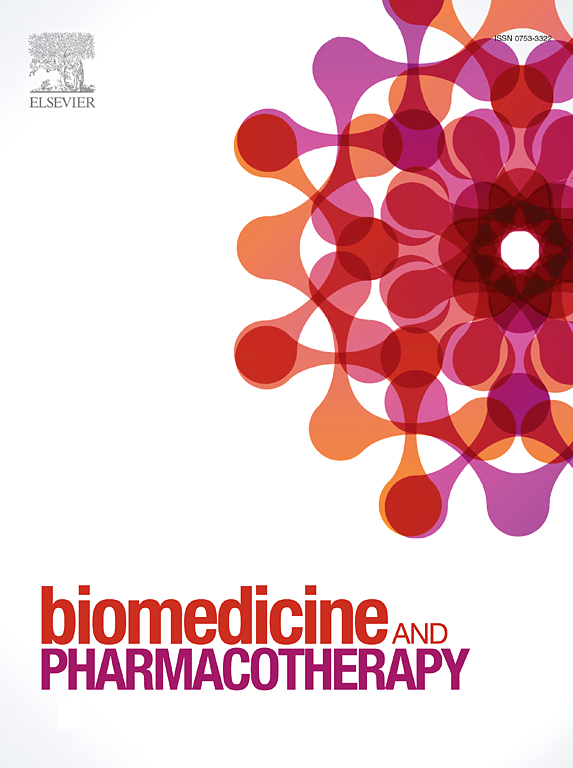槲皮素在肾脏疾病治疗中的作用综述
IF 6.9
2区 医学
Q1 MEDICINE, RESEARCH & EXPERIMENTAL
引用次数: 0
摘要
由于肾脏在维持全身平衡中的重要作用,由遗传易感性、免疫功能障碍、高血压、糖尿病、恶性肿瘤、高尿酸血症和不健康的生活方式因素引起的肾脏疾病越来越受到关注。槲皮素(Quercetin, QCT)是一种多羟基类黄酮,丰富存在于多种植物的花、叶和果实中,包括100多种中草药,如苦参、三色堇等,具有多种生物活性和重要的药用价值。这些特性包括抗氧化、抗癌、抗炎、抗菌、抗病毒、降糖、降压、免疫调节和心血管保护作用。QCT通常被认为是安全的,具有多种健康益处,特别是在治疗心血管疾病、慢性支气管炎、高血压、糖尿病和癌症方面。然而,过量摄入可能会导致副作用。值得注意的是,QCT具有减轻肾实质损伤和纤维化的疗效,在糖尿病肾病和心血管疾病的治疗中发挥了关键作用。本文章由计算机程序翻译,如有差异,请以英文原文为准。
The role of Quercetin in the treatment of kidney diseases: A comprehensive review
Kidney diseases resulting from genetic predisposition, immune dysfunction, hypertension, diabetes, malignancies, hyperuricemia, and unhealthy lifestyle factors are garnering increasing attention due to the essential role of the kidney in maintaining systemic homeostasis. Quercetin (QCT), a polyhydroxy flavonoid abundantly present in the flowers, leaves, and fruits of numerous plants, including over 100 species of Chinese herbs such as Sophora japonica and Tansy, exhibits diverse biological activities and significant medicinal properties. These properties include antioxidant, anticancer, anti-inflammatory, antibacterial, antiviral, hypoglycemic, antihypertensive, immunomodulatory, and cardiovascular protective effects. QCT, generally recognized as safe, confers multiple health benefits, particularly in managing cardiovascular disorders, chronic bronchitis, hypertension, diabetes, and cancer. However, excessive intake may result in side effects. Notably, QCT has demonstrated efficacy in alleviating renal parenchymal injury and fibrosis, and it plays a pivotal role in treating diabetic nephropathy and cardiovascular diseases.
求助全文
通过发布文献求助,成功后即可免费获取论文全文。
去求助
来源期刊
CiteScore
11.90
自引率
2.70%
发文量
1621
审稿时长
48 days
期刊介绍:
Biomedicine & Pharmacotherapy stands as a multidisciplinary journal, presenting a spectrum of original research reports, reviews, and communications in the realms of clinical and basic medicine, as well as pharmacology. The journal spans various fields, including Cancer, Nutriceutics, Neurodegenerative, Cardiac, and Infectious Diseases.

 求助内容:
求助内容: 应助结果提醒方式:
应助结果提醒方式:


